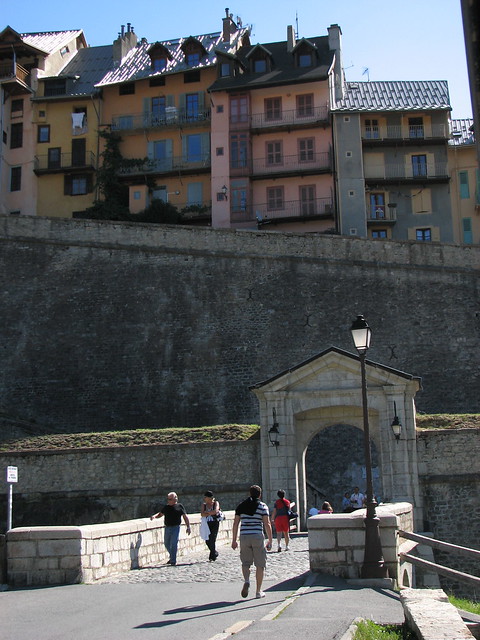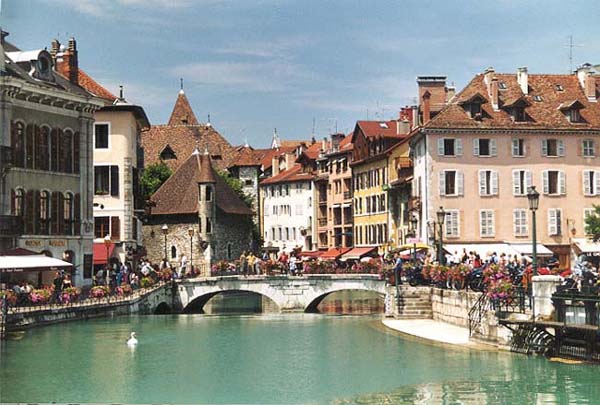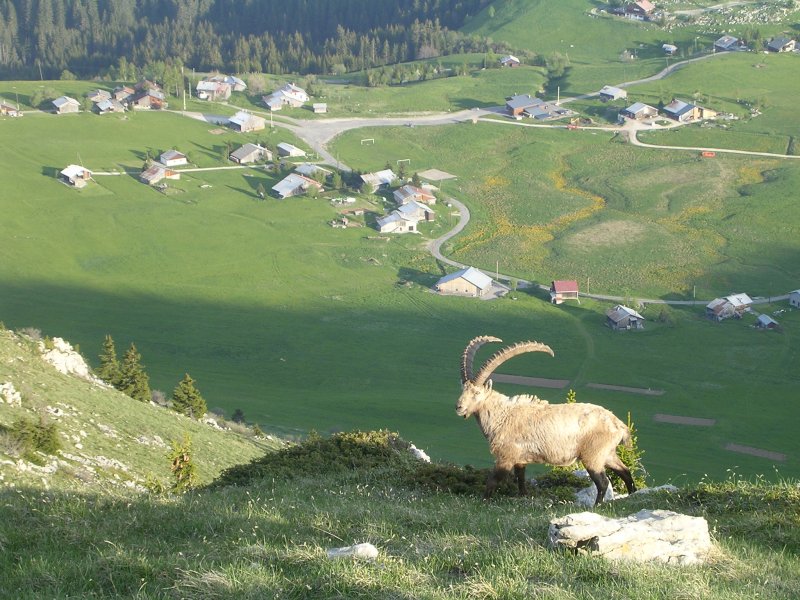- Dec 16, 2011
- 345
- 0
- 0
I couldn't help adding a last change to the route. I was not really satisfied with the last mountain stage (Including the Souloir, Tourmalet, Lançon, Azet and Peyragudes). The last climbs were hard, but I was not sure whether they were hard enough to create huge differences. Which in my opinion is necessary in the last mountain stage. Therefore I've replaced the Souloir and the Lançon with the Col du Portet. You don't need to look back, because here I've copied the stage description:
By the way, I'm very curious about the continuation of the West Coast Tour. I really like this project; it's probably the best shot of a possible grand tour outside Europe. Very good job!
Another_Dutch_Guy said:Stage 18: Pau - Peyragudes (204 KM)
This is the last change for the climbers to gain some time. And what a change; Not less than 5 climbs needs to be challenged this day! But that's not all; today is 'Strade Bianche" day. For the first time in the modern history the Tour de france riders will have to conquer an unpaved climb. After a flat first 50 kilometers the riders can use the Tourmalet and the Aspin as a warm up for the main difficulty of the day: the col du Portet. This climb is a real monster: 22 Kilometers over 6,5%, 10 kilometers over 9,5% and 5 kilometers on "Strade Bianche". Here are some pictures of the road. The lake at the background is "Lac de l'Oule"

However, after the passage over the top still 45 kilometers are left. Luckily, the descent is on normal tarmac. After passing Saint Lary Soulan the fun starts again. First with the steep Col d'Azet, and thereafter with the finishing climb to Peyragudes. Just like the original tour stage I use the new road, leading to a finishing climb of 8 kilometers averaging 8%.
The stages to la Toussuire and Superbagneres were already hard, but this is the real queen stage of the Tour!

By the way, I'm very curious about the continuation of the West Coast Tour. I really like this project; it's probably the best shot of a possible grand tour outside Europe. Very good job!










































